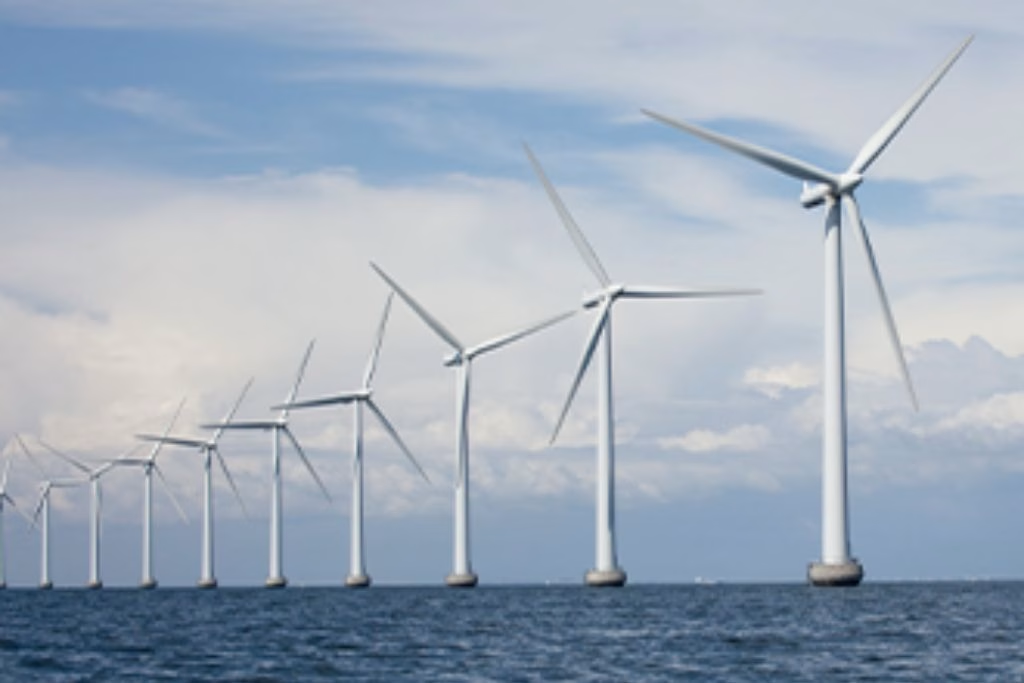
University of Malta: Pioneering Airborne Wind Energy with ParaWIND
The University of Malta, situated on the island nation of Malta, is at the forefront of groundbreaking research in renewable energy. Their ambitious ParaWIND project aims to revolutionize offshore wind energy by harnessing the power of high-altitude winds using innovative kite technology. This project tackles a significant challenge faced by traditional offshore wind farms: wake interference.
Addressing Wake Interference in Offshore Wind Farms
Traditional wind turbines, when placed in close proximity, create aerodynamic wake losses, reducing the overall energy output of a wind farm by up to 30%. To mitigate this, turbines are spaced widely apart, requiring extensive offshore areas. The ParaWIND project offers a game-changing solution by tapping into stronger and more consistent high-altitude winds.
ParaWIND: Malta’s Innovative Solution for Enhanced Wind Energy
Inspired by the historical use of airships for transportation, the ParaWIND project employs large inflatable kites, or parafoils, to redirect high-altitude winds downwards towards the turbines. This innovative approach increases energy yield and efficiency without the need for additional infrastructure. The project, funded by XjenzaMalta through the FUSION Research Excellence Programme, leverages cutting-edge computational fluid dynamics (CFD) to model and optimize the airflow redirection process.
Cutting-Edge Research at the University of Malta
Researchers at the University of Malta, including Prof. Tonio Sant, Karl Zammit, and Luke Jurgen Briffa, are developing sophisticated computer models to simulate the interaction between the high-altitude kites and wind turbines. Using CFD, the team analyzes how airflow can be manipulated to maximize turbine efficiency. Dr. Jean Paul Mollicone emphasizes the transformative potential of this technology, stating that it could significantly improve wind conditions within a wind farm.
Revolutionizing Wind Farm Design with ParaWIND
The potential impact of ParaWIND on wind farm design is substantial. By capturing stronger high-altitude winds, the project could significantly increase energy production within existing offshore footprints. This breakthrough has the potential to lower electricity costs and enhance the sustainability of the offshore wind industry.
The Future of Offshore Wind Energy: Malta Leading the Way
As the global demand for renewable energy continues to grow, innovations like ParaWIND are crucial for maximizing energy output. The University of Malta’s pioneering research is paving the way for a more efficient and sustainable future in offshore wind energy. The ParaWIND project promises to reshape the landscape of renewable energy, driving us towards a cleaner and more sustainable future.
Ready to Study at the University of Malta?
Explore your academic future at one of Malta’s leading higher education institutions. Whether you’re interested in undergraduate or postgraduate studies, fill out the form to get personalized guidance from Studygram. We’ll help you choose the right program, understand the admission requirements, and navigate every step of your journey to the University of Malta.

